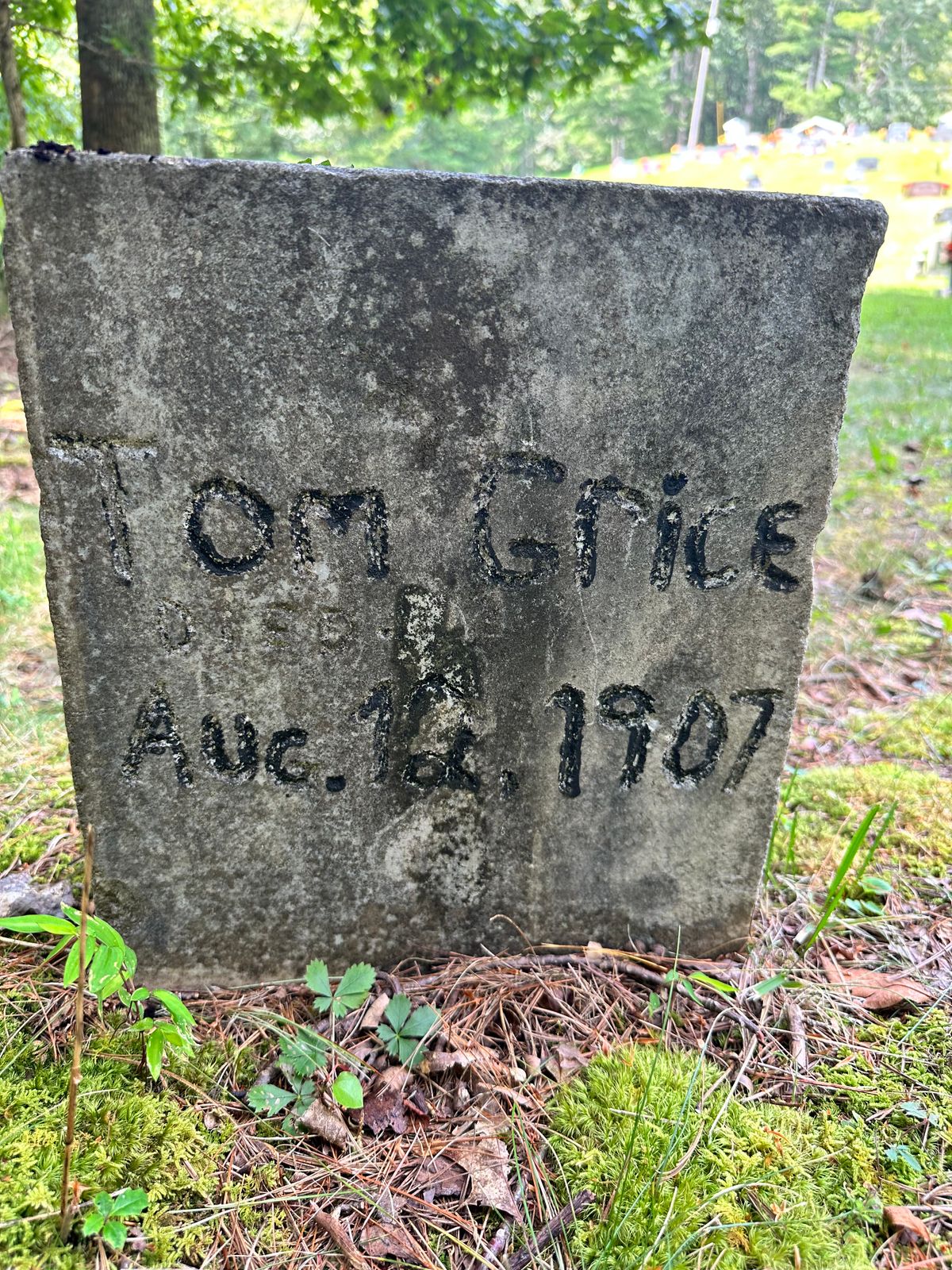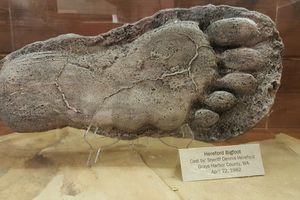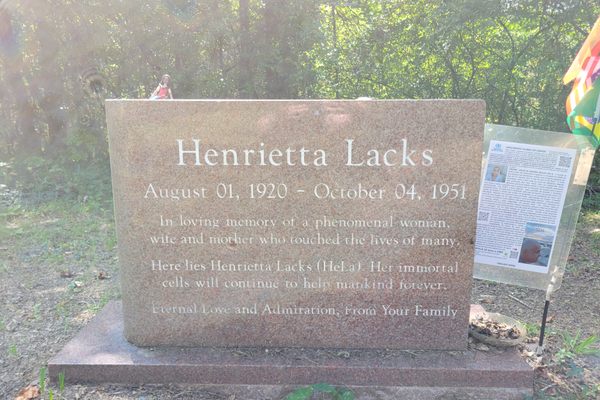About
Most of Adolphus Buel Stanley is buried with his wife, Froney, at Macedonia Church of Christ. His good arm, however, met a premature end after he tried using dynamite to catch fish en masse in the Toccoa River. The deceased appendage finds eternal rest a few miles down the road from Buel himself.
Nestled in the mountains of rural northern Georgia, the Stanley Settlement cemetery holds a treasure trove of Fannin County history. It spills down the hill from Stanley Church of Christ, a white wooden structure in the style ubiquitous to Appalachia. The building, which also served as a schoolhouse, began its life as a Primitive Baptist church. After a Church of Christ minister beat a Baptist minister in a battle to spout more scripture, the church switched denominations, taking the whole valley with it.
The ill-fated arm is far from the only interesting thing interred there. Buel’s father, Elisha Stanely, shares the site's first grave with Elv Evan Hughes. The brothers-in-law were murdered for resisting conscription into the Confederate army and buried in one hole because there were no menfolk left to help the women dig. Elsewhere is a marker for Mose Johnson, who was found and taken in by the Stanleys as a child and went on to become the first Black person to be educated in Fannin County.
Though not all are as outlandish as a dynamite-induced amputation, each grave in the cemetery tells stories— stories of the people who called the valley home and helped shape the Stanley Settlement into what it is today.
Related Tags
Know Before You Go
The cemetery is on Harrison and Ada Road, off Aska Road. Buel’s arm is at the bottom of the hill among some of the oldest graves.
Published
January 5, 2022































